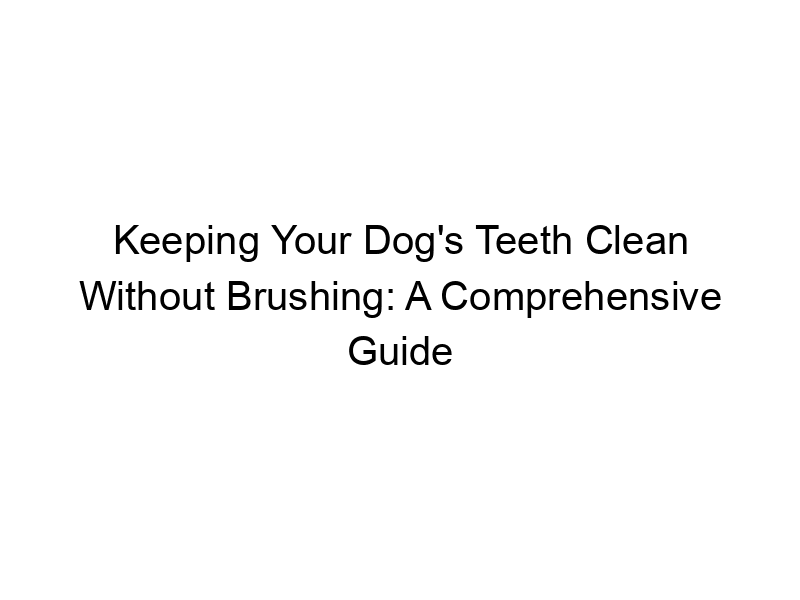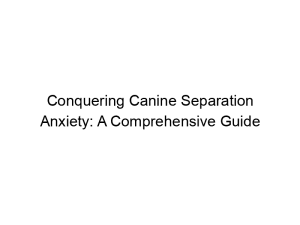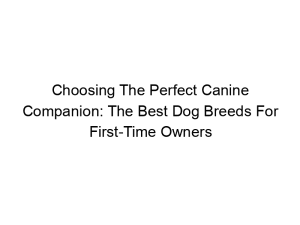Brushing your dog’s teeth is essential for their oral health, but it’s not always easy. Many dogs resist brushing, making it a stressful experience for both pet and owner. Fortunately, how to keep your dog’s teeth clean without brushing is a question with many effective answers. This comprehensive guide explores various methods, highlighting their benefits, limitations, and practical applications to help you maintain your canine companion’s pearly whites. We’ll cover everything from dental chews and water additives to professional cleanings and dietary adjustments. Get ready to learn how to achieve optimal dental hygiene for your furry friend, even without the toothbrush!
Good oral hygiene is crucial for your dog’s overall health. Dental disease, if left untreated, can lead to painful infections, gum disease (gingivitis and periodontitis), tooth loss, and
even systemic issues impacting vital organs like the heart and kidneys. Bacteria from infected gums can enter the bloodstream, causing significant health problems. Regular dental care is preventative medicine for your dog.
Alternative Methods to Brushing
Dental Chews and Treats
Dental chews and treats designed to clean teeth are readily available. Look for products approved by the Veterinary Oral Health Council (VOHC). These chews often have textures that help scrape away plaque and tartar. Examples include Nylabones, Greenies, and other brands offering various shapes, sizes, and hardiness to suit different breeds and chewing styles. Remember to supervise your dog while they chew, especially with smaller pieces.
Dental Wipes and Gels
Dental wipes offer a less invasive alternative to brushing. They are infused with enzymes or other cleaning agents that help remove plaque and freshen breath. Dental gels can be applied directly to the teeth to help reduce plaque buildup. These methods are particularly useful for dogs who are resistant to traditional brushing, but they might not be as effective as brushing in removing stubborn tartar.
Water Additives
Enzyme-Based Water Additives
Adding an enzyme-based solution to your dog’s water bowl can help reduce plaque and tartar formation. These enzymes work by breaking down the components of plaque, minimizing its accumulation. While effective in reducing plaque, water additives may not be sufficient on their own for dogs who already have existing tartar build-up or advanced dental disease.
Dietary Strategies for Dental Health
Dry Food vs. Wet Food
Dry kibble generally provides more abrasive action than wet food, helping to scrape plaque from the teeth during chewing. While dry food offers some dental benefit, it isn’t a replacement for thorough cleaning. A balanced diet is critical for overall dental health.
Professional Dental Cleanings
Importance of Regular Veterinary Checkups
Regular veterinary checkups, including dental examinations, are essential. Your veterinarian can assess your dog’s oral health, identify potential problems early, and recommend appropriate cleaning and treatment. Professional cleanings under anesthesia are often necessary to remove tartar buildup that cannot be removed at home.
Home Remedies and Natural Approaches
Natural Chewing Alternatives
Some natural chews, such as carrots, apples (without seeds), and certain raw bones (carefully selected and supervised to prevent choking or splintering), can offer some level of dental cleaning. However, the effectiveness of these methods varies greatly, and they should not replace other oral care strategies.
Understanding Plaque and Tartar
The Formation and Effects of Plaque and Tartar
Plaque is a sticky film of bacteria that constantly forms on teeth. If left undisturbed, it hardens into tartar, a much more difficult substance to remove. Tartar leads to gum inflammation (gingivitis) and eventually periodontal disease, which is a serious infection affecting the gums and bone supporting the teeth.
Choosing the Right Products
Factors to Consider When Selecting Dental Products
When choosing dental chews, treats, or water additives, look for products with the VOHC seal of approval. Consider your dog’s size, breed, chewing habits, and any existing dental issues when selecting appropriate products. Always read product labels and follow instructions carefully.
Comparing Different Methods
Effectiveness of Various Oral Care Strategies
Brushing remains the most effective method for removing plaque and tartar. However, combining brushing (if possible) with other methods like dental chews, water additives, and regular vet check-ups provides a more comprehensive approach to maintaining your dog’s oral health.
Dealing with Dog Resistance
Strategies to Manage Resistance to Brushing
If your dog resists brushing, introduce the toothbrush gradually. Start by letting your dog sniff and lick it, then gently touch their teeth and gums. Reward positive behavior with treats or praise. Consider using a finger brush or dental wipes as alternatives to a traditional toothbrush.
Long-Term Dental Health Plan
Developing a Comprehensive Oral Care Routine
Creating a consistent routine is key. This might include daily dental chews, weekly dental wipes, and regular professional cleanings. Regular monitoring of your dog’s breath, gums, and teeth will help you detect problems early. Consult your veterinarian to develop a personalized plan for your dog’s specific needs.
Advanced Dental Issues
Recognizing Signs of Dental Disease
Signs of dental disease include bad breath, red or swollen gums, loose teeth, difficulty eating, excessive drooling, and changes in behavior. If you notice any of these signs, consult your veterinarian immediately. Early intervention is critical in preventing more serious complications.
The Role of Nutrition
The Impact of Diet on Oral Health
A balanced, nutritionally complete diet plays a significant role in supporting healthy gums and teeth. Avoid excessive sugary treats, as they contribute to plaque and tartar buildup. Consult your veterinarian or a veterinary nutritionist for dietary recommendations specific to your dog’s breed, age, and health status.
Frequently Asked Questions
What are the signs of dental disease in dogs?
Signs of dental disease include bad breath (halitosis), red or swollen gums (gingivitis), loose teeth, difficulty chewing or eating, excessive drooling, and changes in behavior (lethargy, pain).
How often should I take my dog for professional dental cleaning?
The frequency of professional cleanings depends on your dog’s breed, age, and overall health. Your veterinarian will recommend a schedule based on your dog’s individual needs, but it’s typically recommended at least once a year, and more frequently for dogs with existing dental problems.
Are there any risks associated with professional dental cleaning under anesthesia?
While anesthesia carries some risks, the benefits of thorough cleaning often outweigh the risks, especially in dogs with advanced dental disease. Your veterinarian will conduct a thorough pre-anesthesia examination to assess your dog’s health and minimize risks. They’ll discuss the potential risks and benefits in detail before proceeding.
Can I use human toothpaste on my dog?
No, you should never use human toothpaste on your dog. Human toothpaste contains ingredients that can be toxic to dogs. Always use dog-specific toothpaste, which is formulated to be safe for ingestion.
Final Thoughts
Maintaining your dog’s dental health without brushing is achievable through a combination of strategies. This guide highlights various effective methods, ranging from dental chews and water additives to professional cleanings and dietary adjustments. Remember that a proactive approach, combining several of these methods and regular veterinary check-ups, is crucial for preventing dental disease and ensuring your dog enjoys a long, healthy, and happy life. Don’t delay—start implementing a comprehensive oral care plan for your canine companion today. Early detection and prevention are key to avoiding costly and potentially painful dental procedures later on. Consult your veterinarian to create a customized plan that best suits your dog’s needs and breed-specific predispositions to dental issues. A healthy mouth contributes to a happy and healthy dog!




